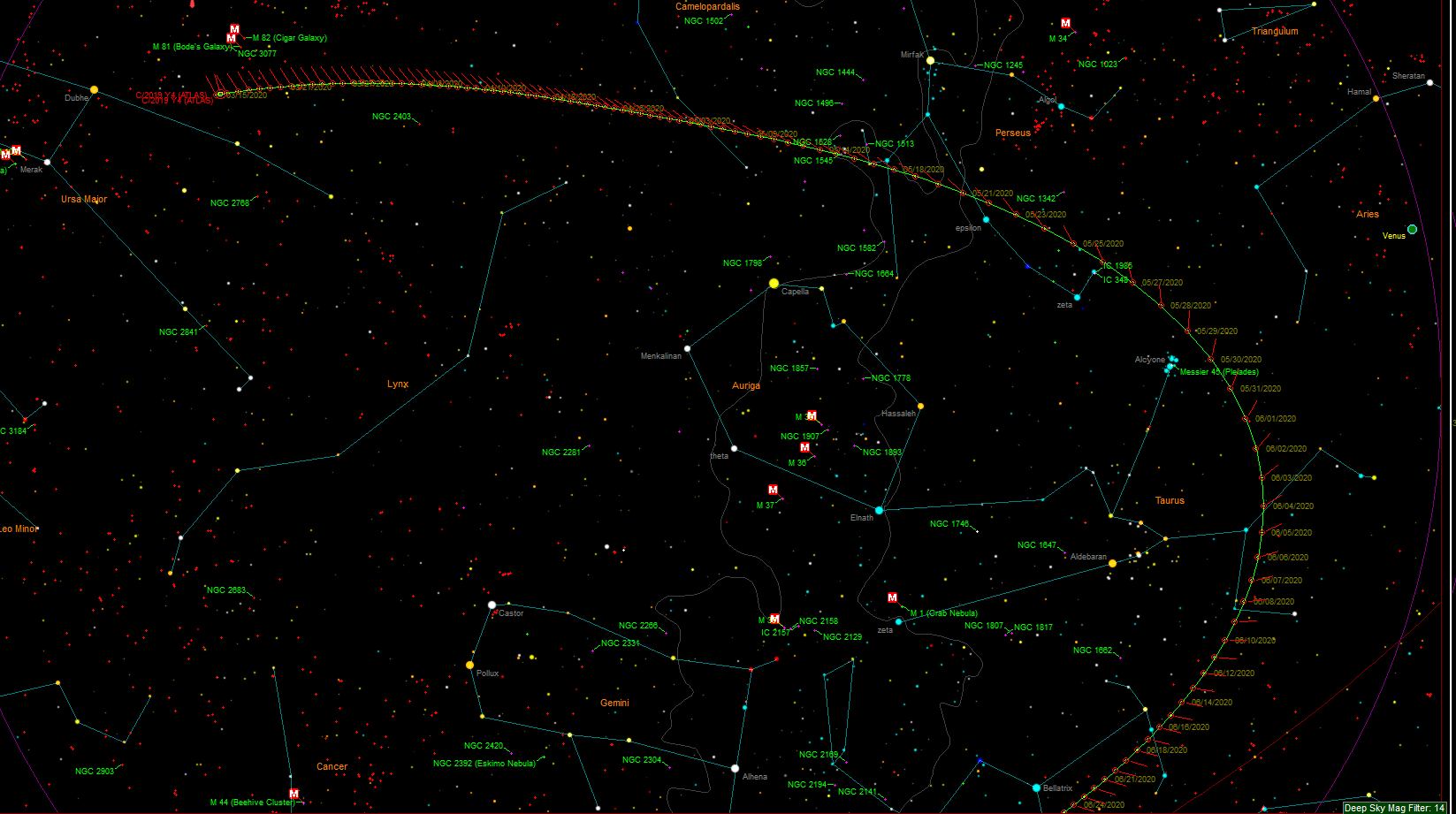
Under the Stars and don't know where to look next? The integrated Observation Planner collates and plans your observations in advance, saving precious time and keeping you organized when it comes to observing under the stars. A powerful List Generator provides you with a tool for easily creating and exporting Lists of Astronomical Objects. Advanced Astronomical Database Manager provides you with un-paralleled ease and power when it comes to finding the objects your looking for. Display the best time to observe Jupiter's Great Red Spot and display the positions of Jupiter's Galilean Moons in real-time as they orbit Jupiter. Follow Comets as they move through the Sky and print tabular reports. Planet positions and extensive Planetary data include the Planet's apparent diameter, phase, magnitude, rise and set times, distance and even the Planet's atmospheric composition. Virtual Sky interface to the Palomar Digitized Sky Survey (DSS). Explore the night sky with the STAR Atlas:PRO™. Spectacularly detailed star charts, displayed in the true colours of stars, provide stunning views of the night sky complete with Planets, Comets and countless other celestial objects, to keep you looking an entire life-time!. Easy to use Planetarium and Sky Atlas with all the features you need to easily locate, find and learn about celestial objects in the Night Sky. The facing page of each chart lists the deep-sky objects shown on the map. The colors make this an attractive atlas when used during the day (for planning sessions or to review a previous night’s observations), and they don’t detract from its usefulness at night. The 20 charts that make up The Cambridge Star Atlas 2000.0 show the sky in multiple colors: Stars are black, the Milky Way is blue, star clusters are yellow, nebulae are green, and galaxies are red. Wil Tirion also created the more detailed The Cambridge Star Atlas 2000.0, which adds about 900 deep-sky objects to maps that plot stars to magnitude 6.5. A keyed series of six finder charts shows readers how the atlas maps relate to the current night sky. Magnified inset charts show the Pleiades (M45) and the region around Orion’s Sword. The maps include constellation boundaries but no constellation figures. 
The Bright Star Atlas divides the sky into four polar and six equatorial zones. It also includes about 600 double stars, variable stars, and deep-sky objects. Aimed at users of the smallest backyard telescopes, the Bright Star Atlas shows stars to magnitude 6.5.

Another favorite atlas in the beginner category is the Bright Star Atlas by Wil Tirion.






 0 kommentar(er)
0 kommentar(er)
